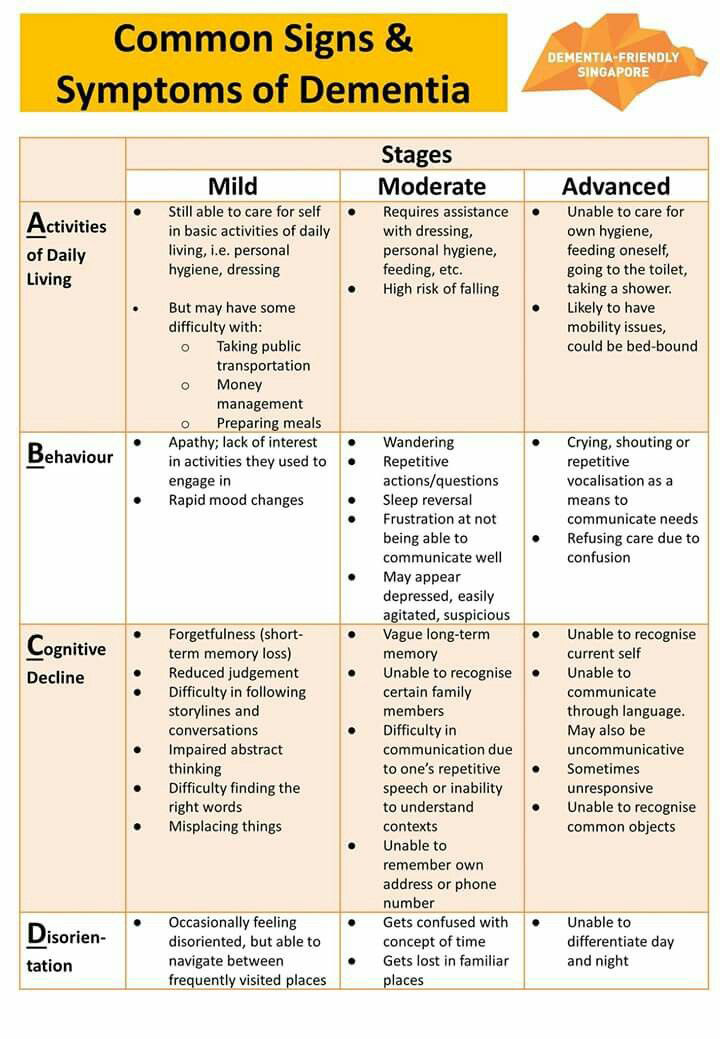Musical Flash Card Matching
Return to Matching & Pairing
Musical Flash Card Matching
They can be used in pairs for matching, as single prompts for discussion, or combined with audio clips for multisensory engagement.
- Recognition over recall: Flash cards rely on visual recognition, which often remains strong even as memory fades.
- Sensory stimulation: Music activates multiple senses—sight, sound, emotion—and can soothe or energize.
- Personal connection: Cards can be tailored to reflect each resident’s musical history, preferences, or cultural background.
- Success-oriented: The activity is designed to be achievable, reducing frustration and building confidence.
Music flash cards embody key Montessori values:
- Hands-on learning: Residents handle cards, sort them, or match them—engaging fine motor skills and attention.
- Freedom within structure: Offer choices—“Would you like to match instruments or talk about favorite songs?”—and let residents lead.
- Respect for individuality: Use music that reflects each person’s story—gospel, jazz, folk, classical, or pop.
- Matching: Pair instrument images with names, sounds, or genres.
- Sorting: Group cards by instrument family (strings, percussion) or musical style.
- Conversation starters: “Did you ever play one of these?” or “Which of these reminds you of your childhood?”
- Sing-alongs: Use lyric or song title cards to prompt familiar tunes.
- Sensory pairing: Combine cards with real instruments, scarves, or rhythm sticks for tactile engagement.
Tips for Caregivers
- Observe first: Notice which music styles or instruments spark interest—this guides your card selection.
- Simplify or enrich: Fewer cards for early-stage residents; more variety or audio clips for those with higher cognitive ability.
- Celebrate effort: Focus on joy and connection, not perfection.
- Pair with movement: Invite gentle swaying, tapping, or clapping to deepen engagement.

